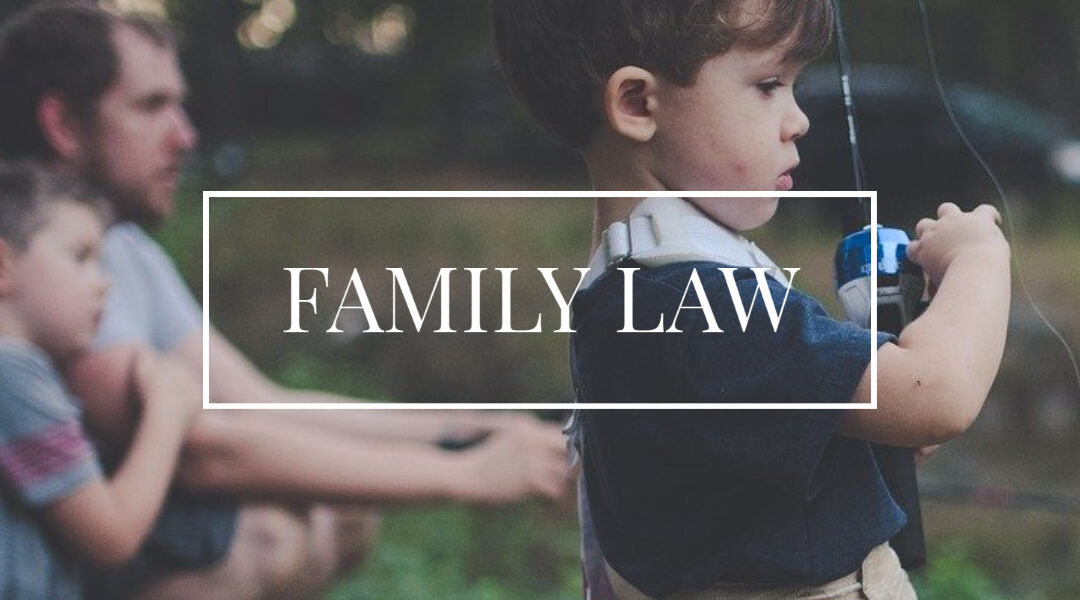The Third Joint Meeting
After any remaining document gathering issues are resolved, the team will schedule a third joint meeting. The main purpose of the third joint meeting is to develop as many options to resolve the identified issues as possible. It is essentially a brainstorming exercise. During this process, the team members should not evaluate the options as good or bad because brainstorming will often present solutions which neither team member had thought of before.
For each significant issues, the collaborative brainstorming process requires the team members to:
- Define the disputed issue to be resolved.
- List all the options to resolve the disputed issue.
Example: What should the parties do with the house?
- Sell the house and divide the proceeds.
- He keeps the house.
- She keeps the house.
- The rent the house and split the profit.
- He stays in the house and rents to tenant to help pay bills.
- She stays in the house and rents to tenant to help pay bills.
- He stays in the house until children graduate.
- She stays in the house until children graduate.
- They put the house in trust for the children.
- They donate the house to charity.
- He gets the house but rents it back to her.
- She gets the house but rents it back to him.
- They sell the house to a family member.
- They refinance the house and use the proceeds to pay other debts.
- Each party gets the house when that party has the children.
- Sell the house and use the proceeds to pay lawyers to battle things out in court.
For each significant dispute, the team can repeat this brainstorming process. After listing the options, the parties can evaluate how well each of those options meets the shared and competing goals of the parities. If one option meets everyone’s goals, interests, and concerns, the team will have found a win-win solution.
If a win-win solution is not identified, the team should try to develop additional options and then negotiate a solution that is acceptable to the parties. During negotiations, the team will focus on:
- Continually evaluate how well each proposal or option meets or fails to meet each party’s goals, interests, and concerns.
- Eliminate options that have outcomes that do not sufficiently meet important goals of either person.
- Narrow the options to those that meet the most important goals of both sides.
- When helping a party consider whether an option or proposal is acceptable or not, help the party determine their best alternative to a negotiated agreement and worst alternative to a negotiated agreement.
The collaborative process will then continue brainstorming, evaluating and negotiating. If additional joint, separate or caucus meetings are required they will be held until the parties reach a final agreement or an insurmountable impasse. If there is an impasse, before giving up on the collaborative process, the parties and the team can schedule and attend a mediation to try to bring the matter to a conclusion.

